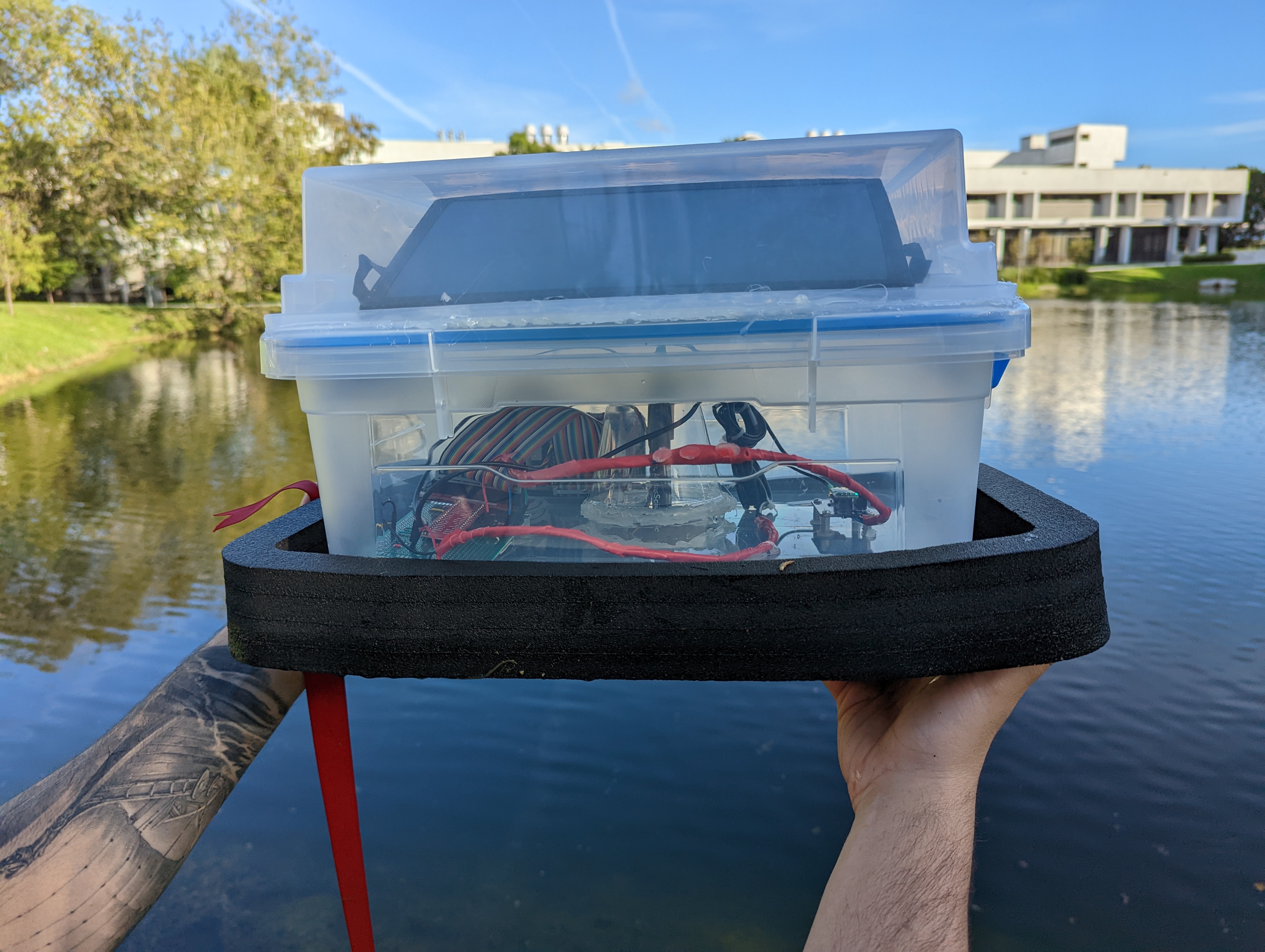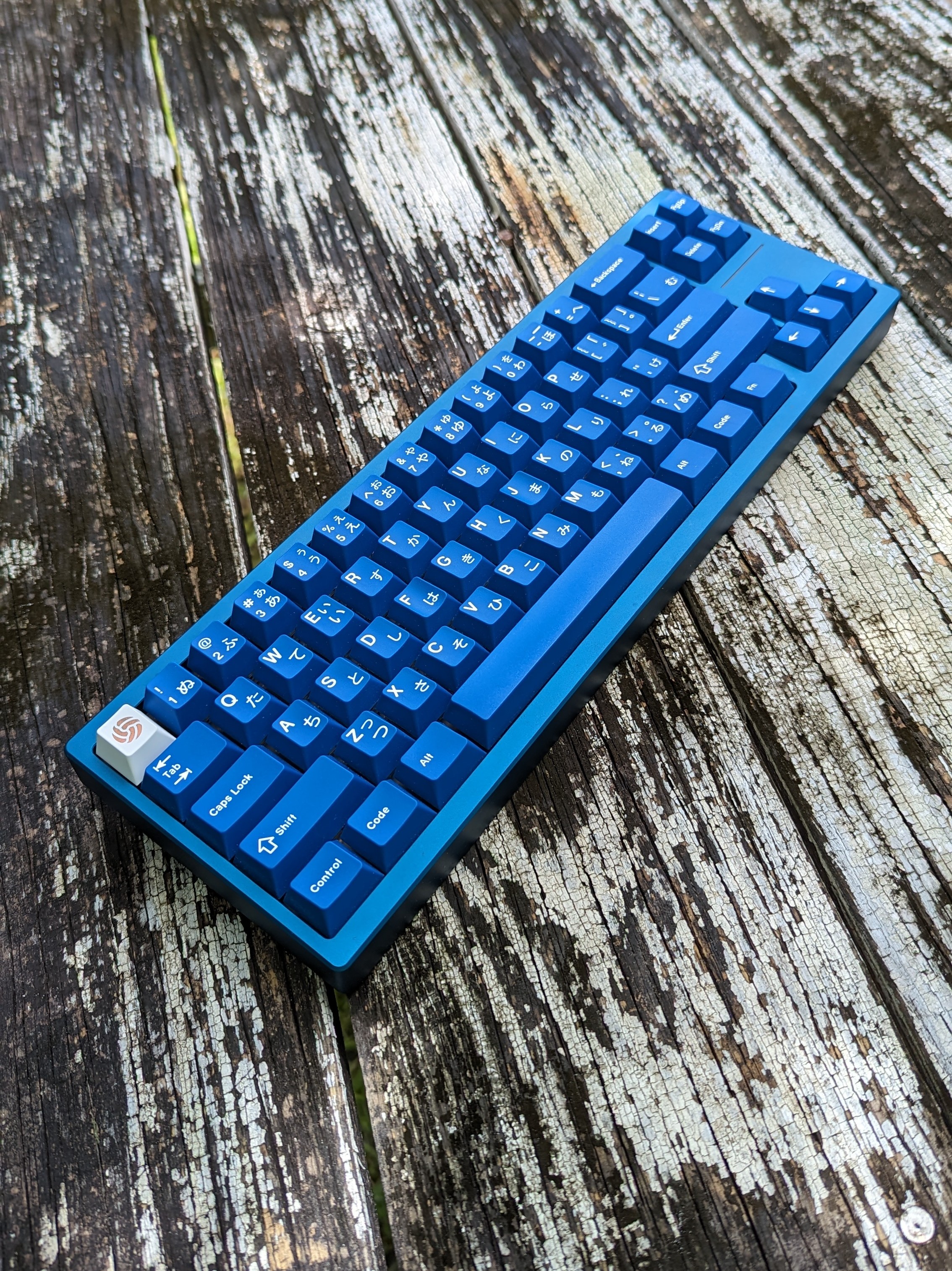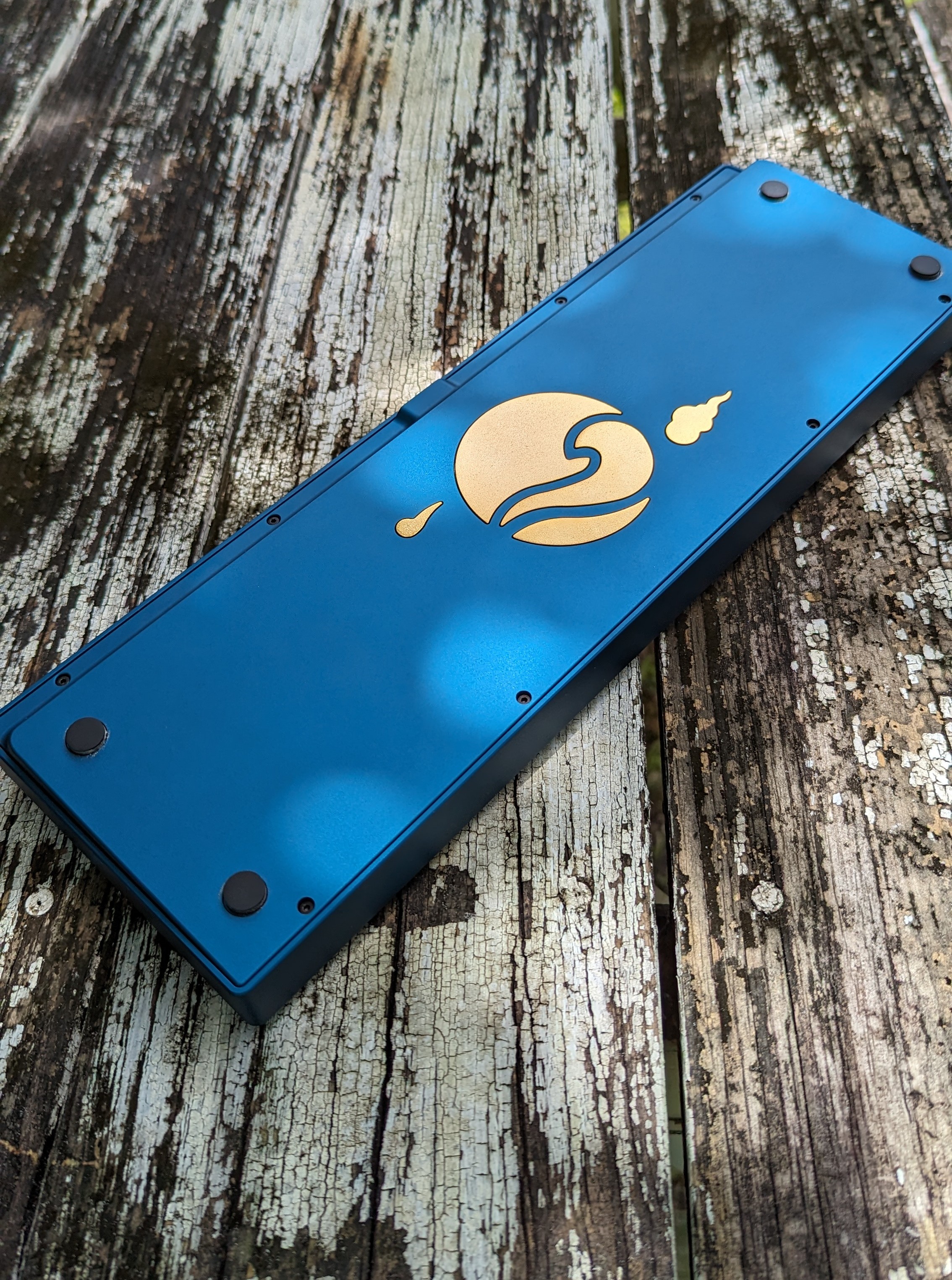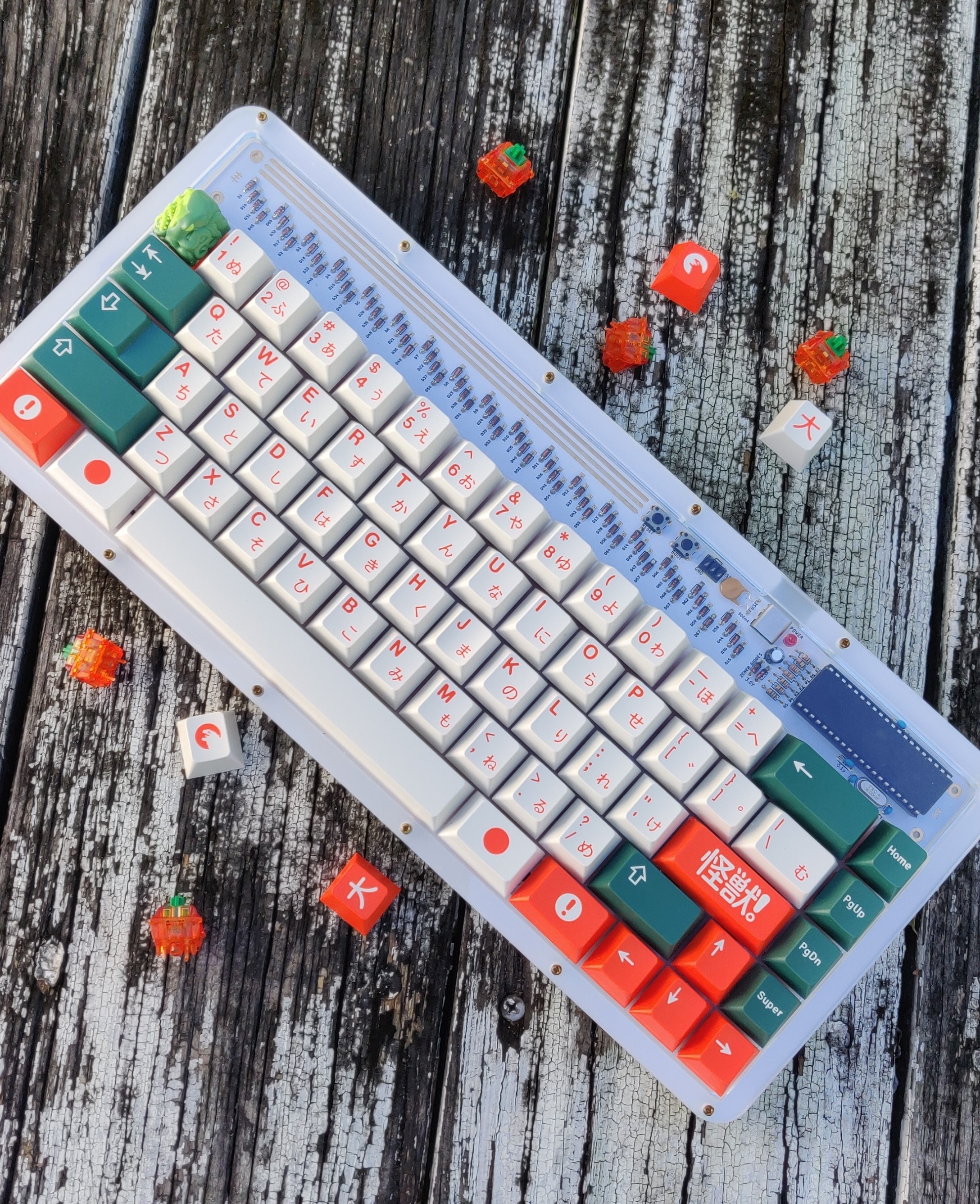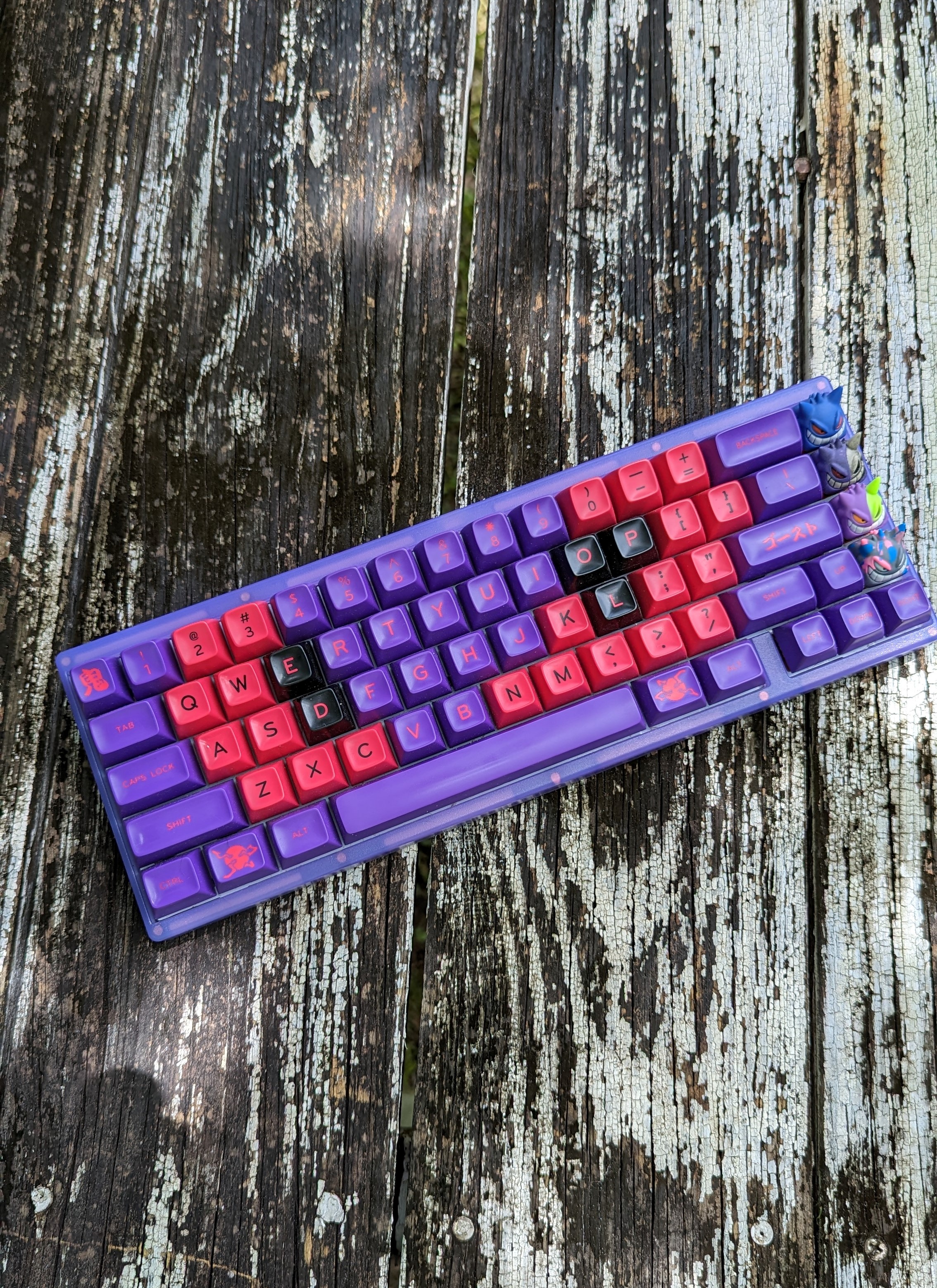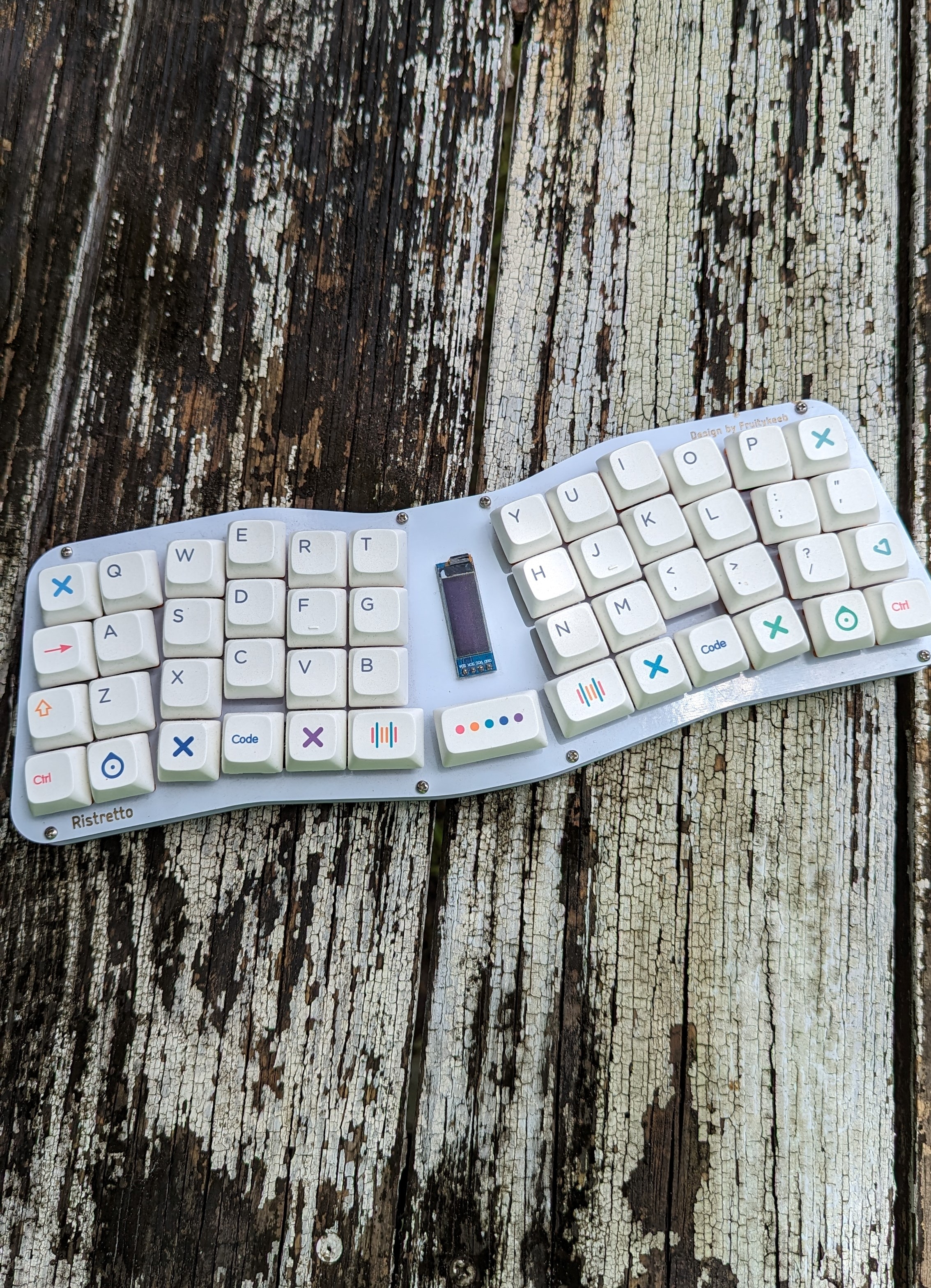This research buoy was specifically designed as a cost-effective alternative to the FIU CREST research buoys, with a strong emphasis on affordability, reliability, and user-friendliness. The overall design consists of three primary subsystems: the processing unit, sensors, and power supply.
To address the project's constraints, the team opted for a Raspberry Pi to handle the data processing tasks. Additionally, the buoy incorporated temperature, conductivity, and turbidity sensors to gather essential data. For extended operational periods, an aftermarket module equipped with an external battery and solar panel capabilities was integrated. This configuration allowed the system to operate autonomously by running for approximately 16 hours on a single charge and utilizing solar panels to recharge the battery during daylight hours.
The buoy was specifically intended for deployment in shallow freshwater or coastal marine environments, where it would remain tethered to a point of interest. To optimize power consumption, the Raspberry Pi was programmed to operate for brief periods. The program would log the boot time and date, collect the necessary data, and subsequently shut down the Raspberry Pi. In essence, the Raspberry Pi's active duration would not exceed one minute.
To ensure the protection and functionality of the electronics, a 3D-printed enclosure was devised. This enclosure effectively isolated the electronics while allowing the sensors to be submerged for data collection. However, the team encountered an issue with the 3D printer during the project, which necessitated improvisation to produce the final prototype enclosure.
Skills




